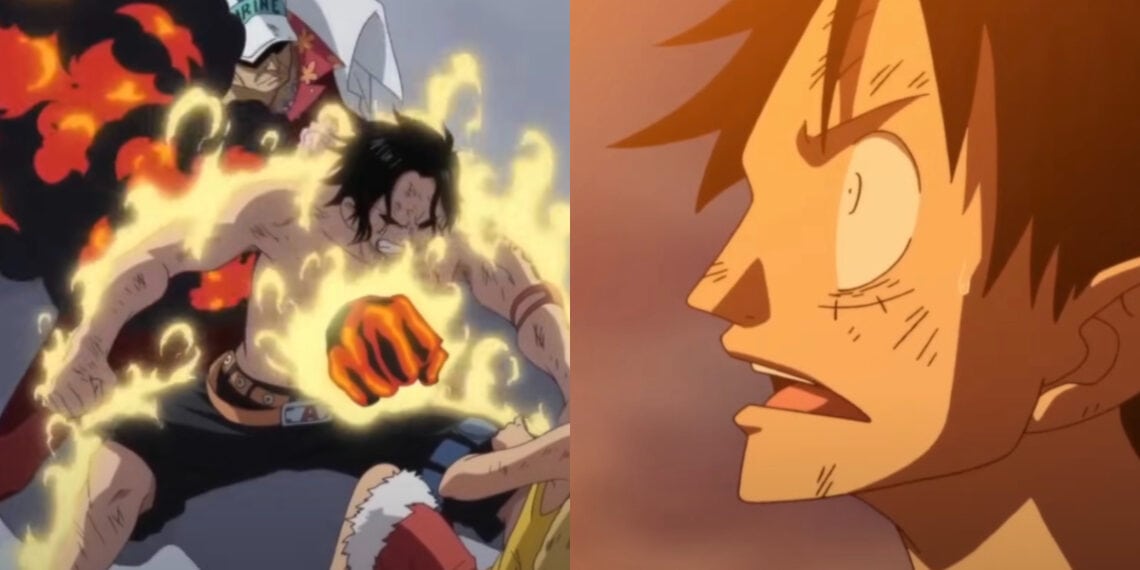In a recently translated interview from 2012, famed manga artist Eiichiro Oda shared some behind-the-scenes insights into one of the most pivotal moments in his long-running series, One Piece – the death of the character Portgas D. Ace.
Oda explained that when Ace first entered the story, he received an overwhelmingly positive reception from readers. In fact, the reaction was so pronounced that Oda began questioning whether he should follow through with his original plan to kill off Ace just a year later.
As we now know, Ace’s death did end up occurring, but not until a decade after his introduction, during the acclaimed Marineford arc.
Oda attributed the delay to the incredibly strong fan response to Ace, which gave him cold feet about axing such a beloved character so quickly.
It took 10 years for Oda to build up the courage and narrative direction to carry out his intention with Ace’s fate.
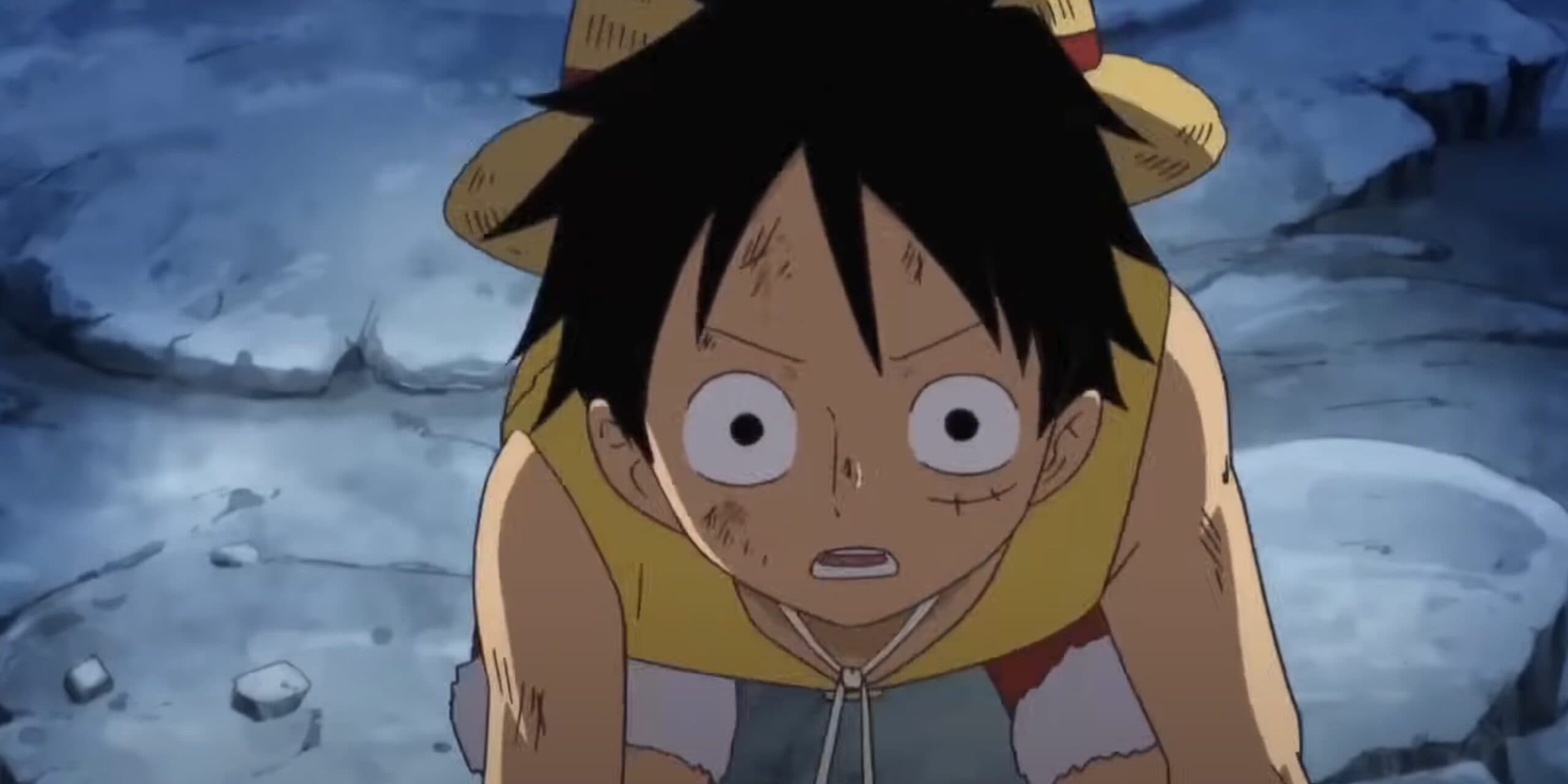
He covered this thought process in more detail in a magazine interview back in 2012, recently translated and shared through social media.
So, while Oda always intended for Ace to die, the remarkable popularity of the character among the One Piece fandom made Oda second-guess and postpone that plot decision much longer than initially envisioned.
It just goes to show the organic way storytelling can evolve based on audience reaction, even from legendary manga artists like Oda.
Eiichiro Oda Almost Altered Ace’s Destiny in One Piece
In a candid interview back in 2012, translated only recently, manga icon Eiichiro Oda pulled back the curtain on one of the most monumental decisions he made in crafting his magnum opus, One Piece – killing off Portgas D. Ace.
Though Ace’s death stands today as one of the most pivotal and impactful moments in the entire One Piece saga, Oda revealed he almost backed down on going through with it due to the sheer popularity of the character among fans.
Oda had intended for Ace to die shortly after being introduced, but the rapturous reception from readers gave him pause.
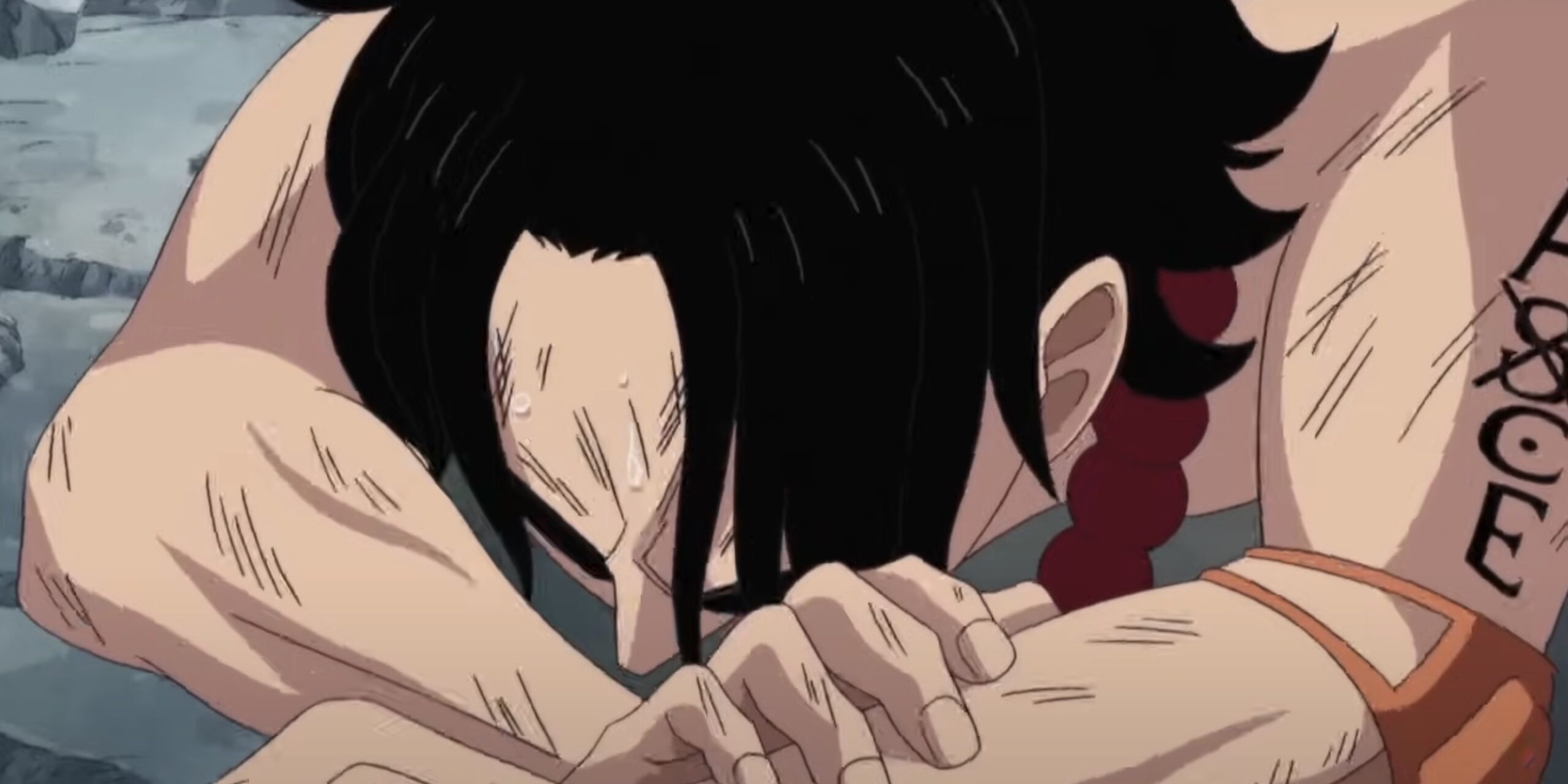
Killing off such an admired figure could risk alienating his devoted audience. So, while Oda refused to change his overall plan, he delayed the fateful event for years longer than originally envisioned – 10 years from Ace’s debut to his emotional death scene.
Oda’s candor highlights the influence an audience can have, even over the scripts of master storytellers.
In the end, Oda stayed true to his vision – no doubt knowing Ace’s demise at the hands of Akainu would strike an intensely resonant chord.
But the fact he postponed it as long as he did pays tribute to the magnified enormity of Ace’s undoing. For a series where major character deaths are few and far between, the loss of Luffy’s brother still represents a singularly poignant tragedy for One Piece fans across generations.
Oda’s Insight into Ace’s Impact on Luffy’s Journey in One Piece
In opening up about postponing Ace’s fate in his series, Oda also shed light on how profoundly Ace’s death impacted the central character of One Piece – Monkey D. Luffy.
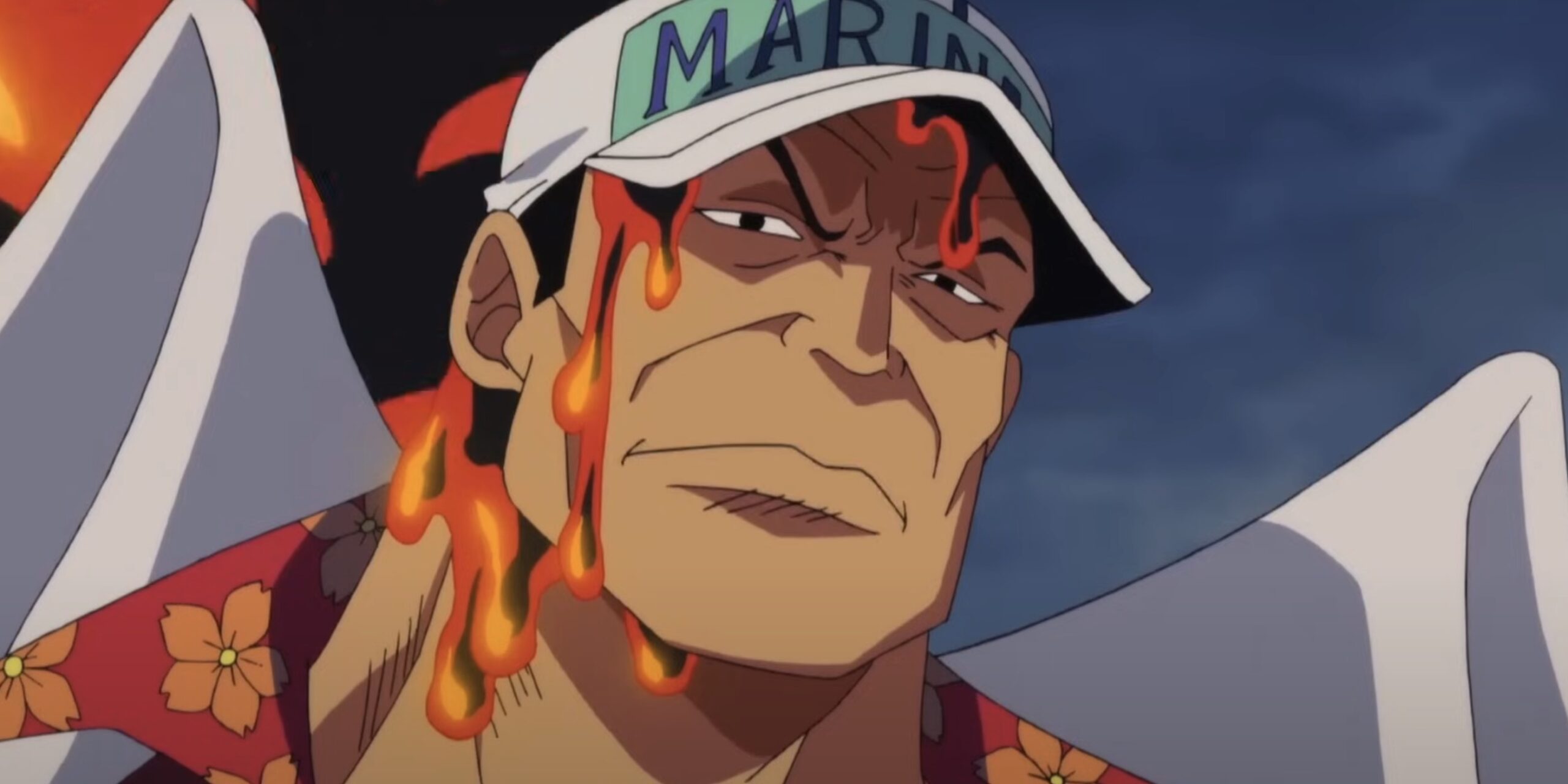
As all fans know, Luffy suffered crushing defeats one after another prior to the tragic loss of his brother.
First, his entire crew was scattered across the world by menacing Warlord Bartholomew Kuma during the infamous Sabaody Archipelago arc.
Then Luffy helplessly witnessed Ace’s murder soon after, unable to save his only known blood relative.
These pivotal failures made Luffy recognize how utterly unprepared he still was for the lethal dangers of the New World region of the Grand Line.
Though it tore him apart inside, Luffy made the mature decision to force a painful separation from his crew for two years to undergo intense individual training.
Oda used the narrative gut punch of Ace’s death not just to shock readers but to spur the emotional growth of his protagonist as well.
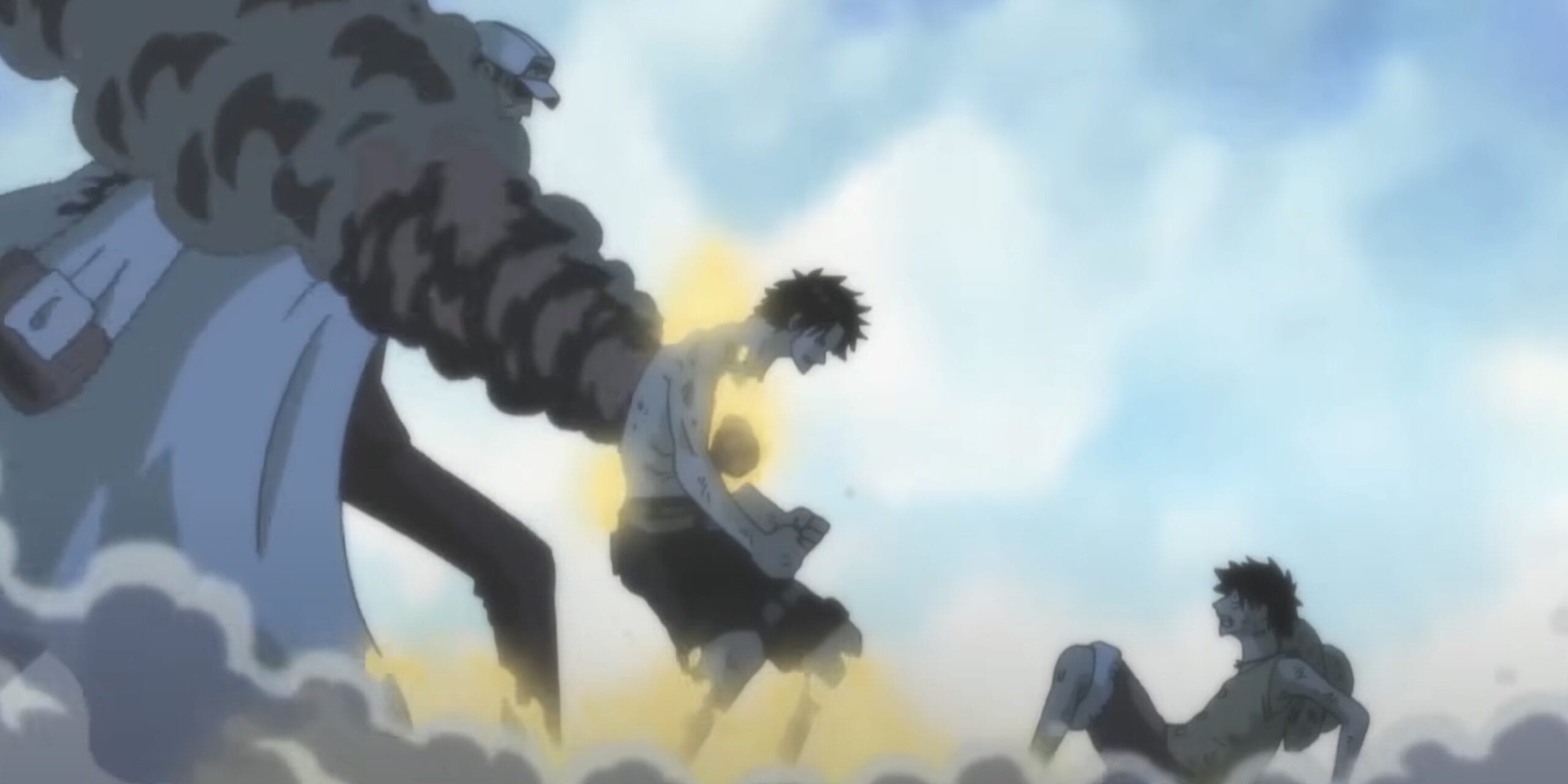
Luffy emerged from his solitary training, ready to honor his brother’s memory and lead his crew toward their ultimate dream.
Through his candid words, Oda gave deeper context into how he carefully crafted Ace’s fate to shape Luffy’s heroic journey from brash youth to future Pirate King.
One Piece’s Enduring Appeal Across Mediums and Continents
Even after 26 years of enthralling readers, One Piece continues to gain fresh legions of fans, especially lately.
The surprise smash of Netflix’s live-action take on the early adventures has ushered in new devotees while also rejuvenating old fans’ passion.
Similarly, the long-awaited anime debut of Luffy’s zany Gear 5 form broke the internet when it aired in October, lighting fan spaces ablaze.
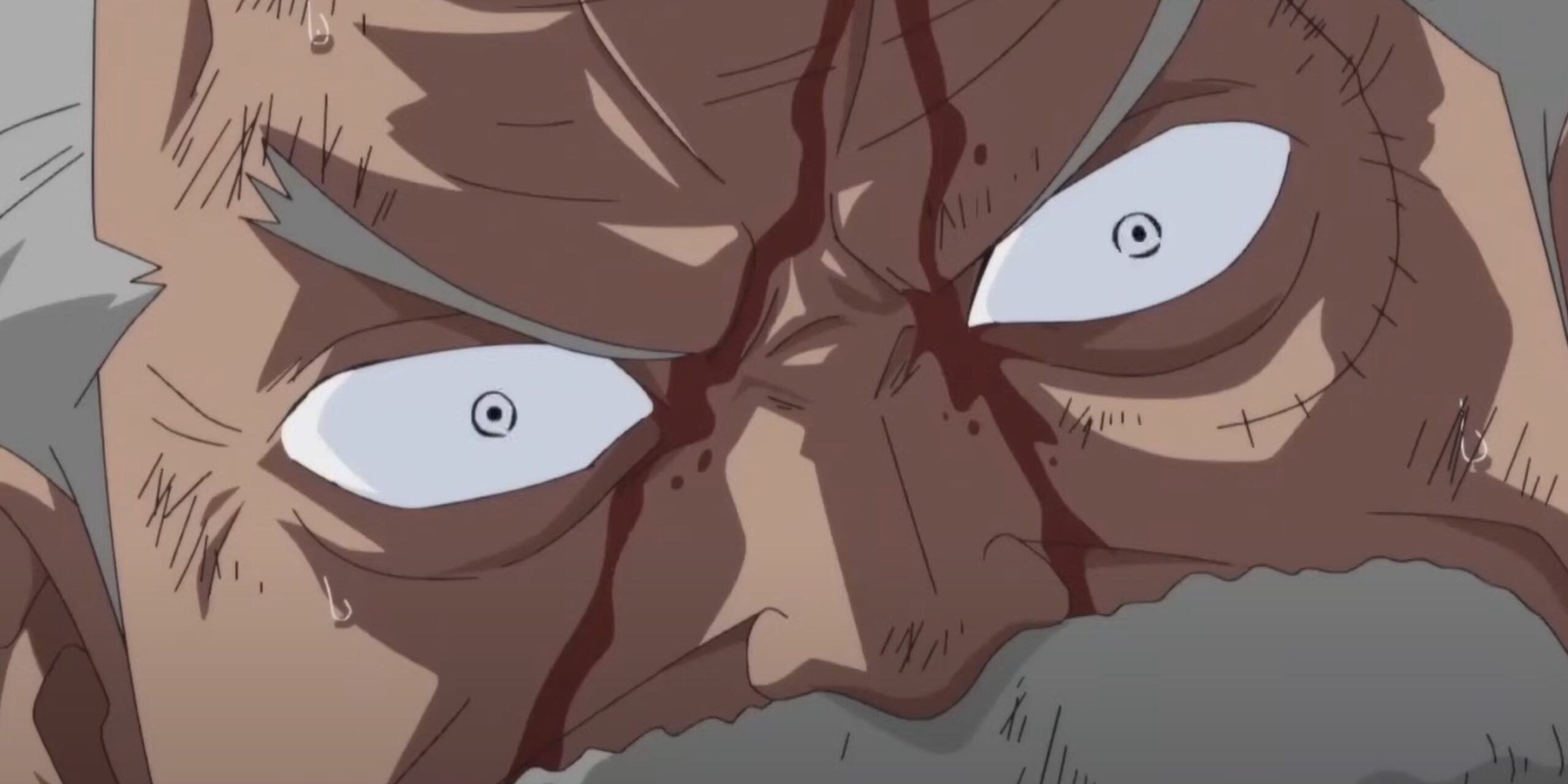
One Piece’s escalating Western popularity even landed Luffy a featured spot gliding through the skies at the iconic Macy’s Thanksgiving Day Parade this November.
Though the balloon rendition famously struck a light pole early on, slightly deflating, its inclusion still marked a major milestone – one of Japan’s most beloved manga/anime heroes soaring through an American tradition in front of millions.
Between penetrating new mediums and audiences, the series is proving its fantasy world of pirates still captivates across generations and cultures.
After over two decades, Oda’s masterful universe of characters and adventure is still stretching its boundaries farther across the globe.
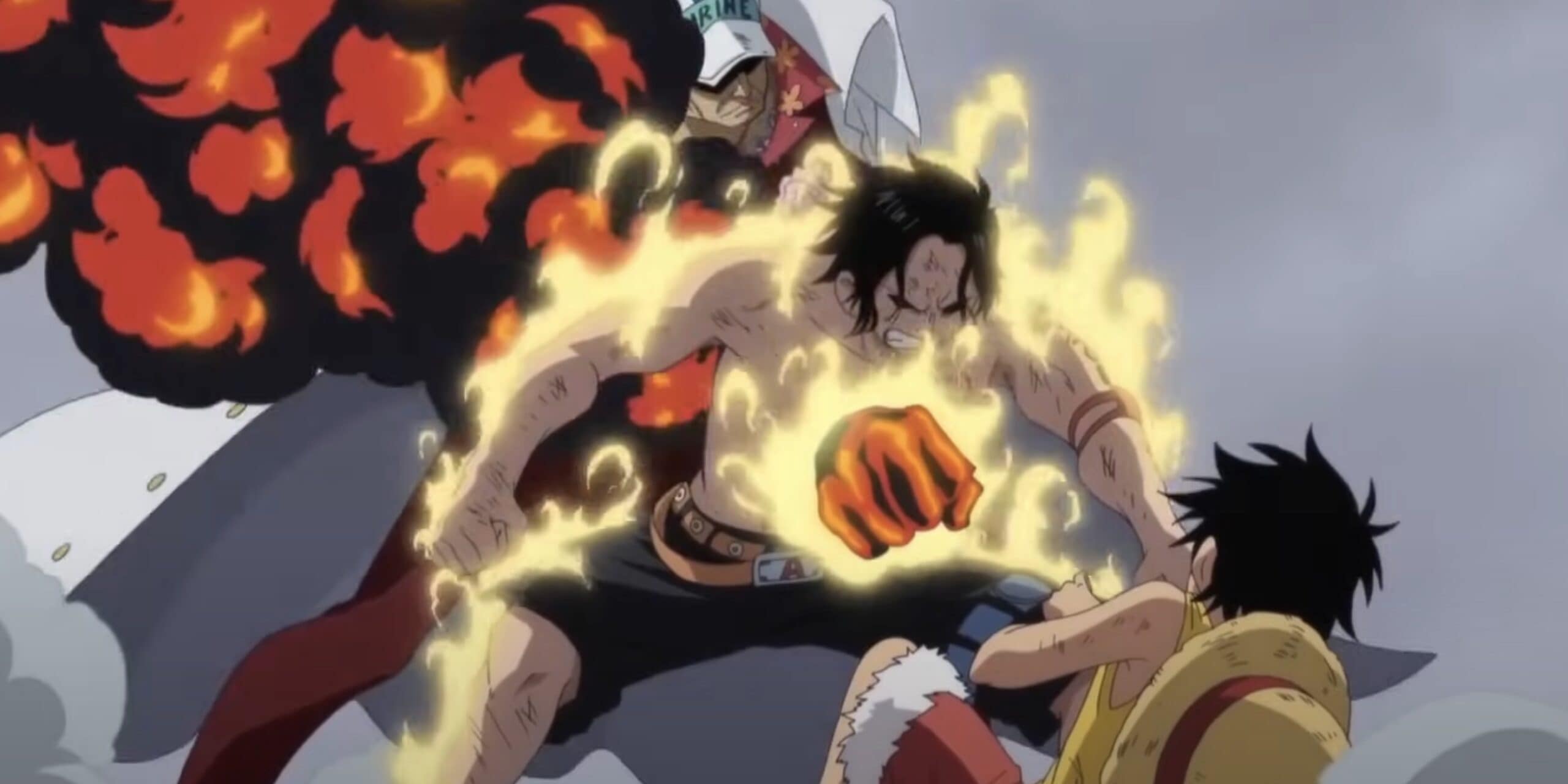
And as the chilling secrets slowly emerge in the manga’s final saga, the best may be yet to come for One Piece‘s endlessly continuing voyage.
Did Ace Really Have To Die?
In his revealing interview, Oda also touched on how Ace’s identity as a pirate destined him for a dangerous, potentially brief life from the start.
Those who sail under black flags acknowledge that death lurks around every corner of the unpredictable seas they call home. But pirate life also dictates a certain code of honor among its outcast ranks.
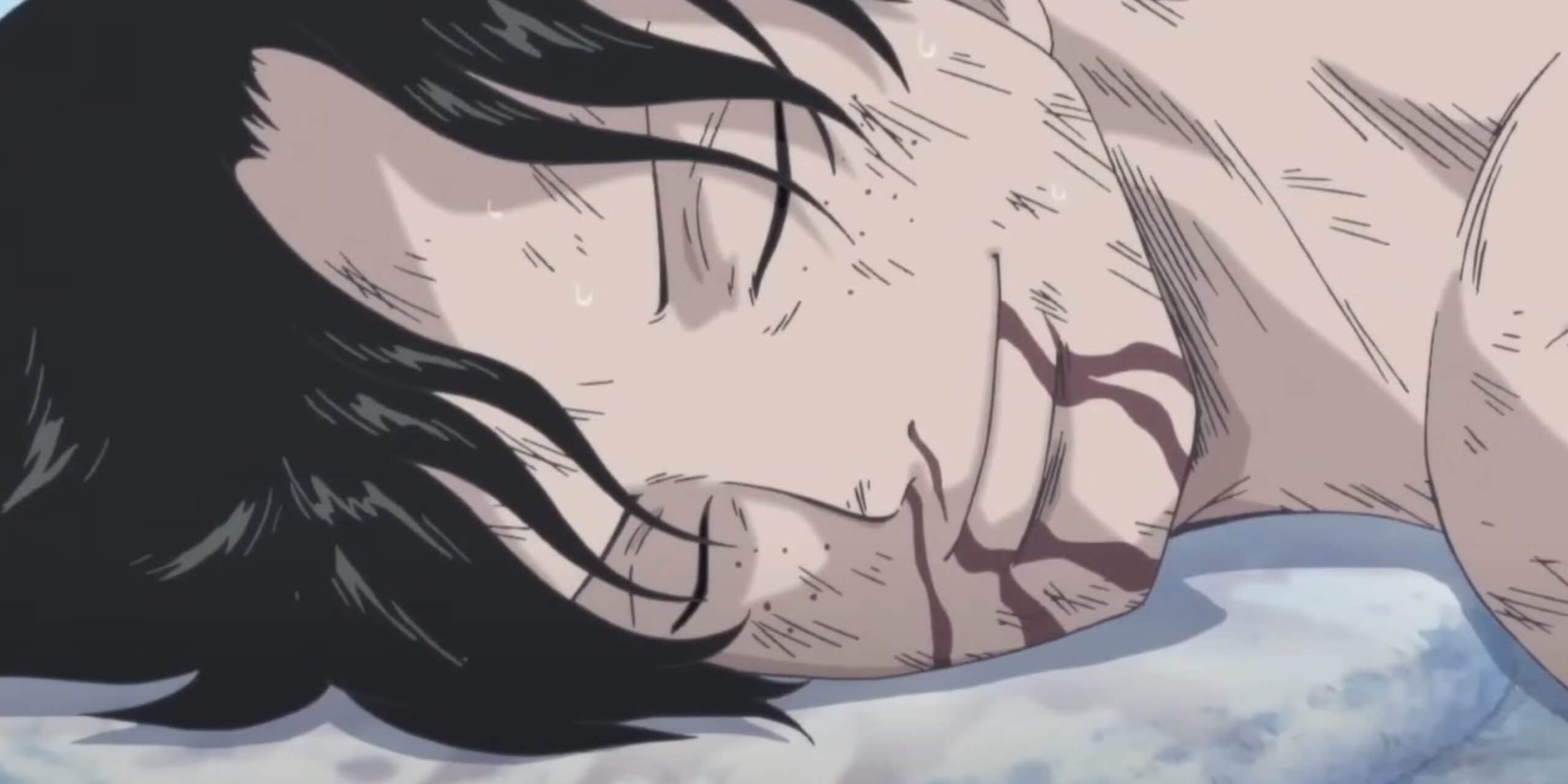
So when Ace learned his fellow Whitebeard commander Thatch had been murdered by the traitorous Blackbeard, he felt compelled to pursue vengeance for his fallen ally.
Ace’s devotion to his captain, Whitebeard, fuels his quest to take down Blackbeard alone.
Tragically, Blackbeard had been hiding the full frightening scope of his two Devil Fruit powers when they fatefully clashed.
But even if Ace were aware, it likely would have made no difference – he refused to allow this personal offense against his commander and father figure to go unanswered.
Bound by the ways of the peripheral pirates, Ace dedicated himself to settling the score, whatever the risk or odds stacked against him.
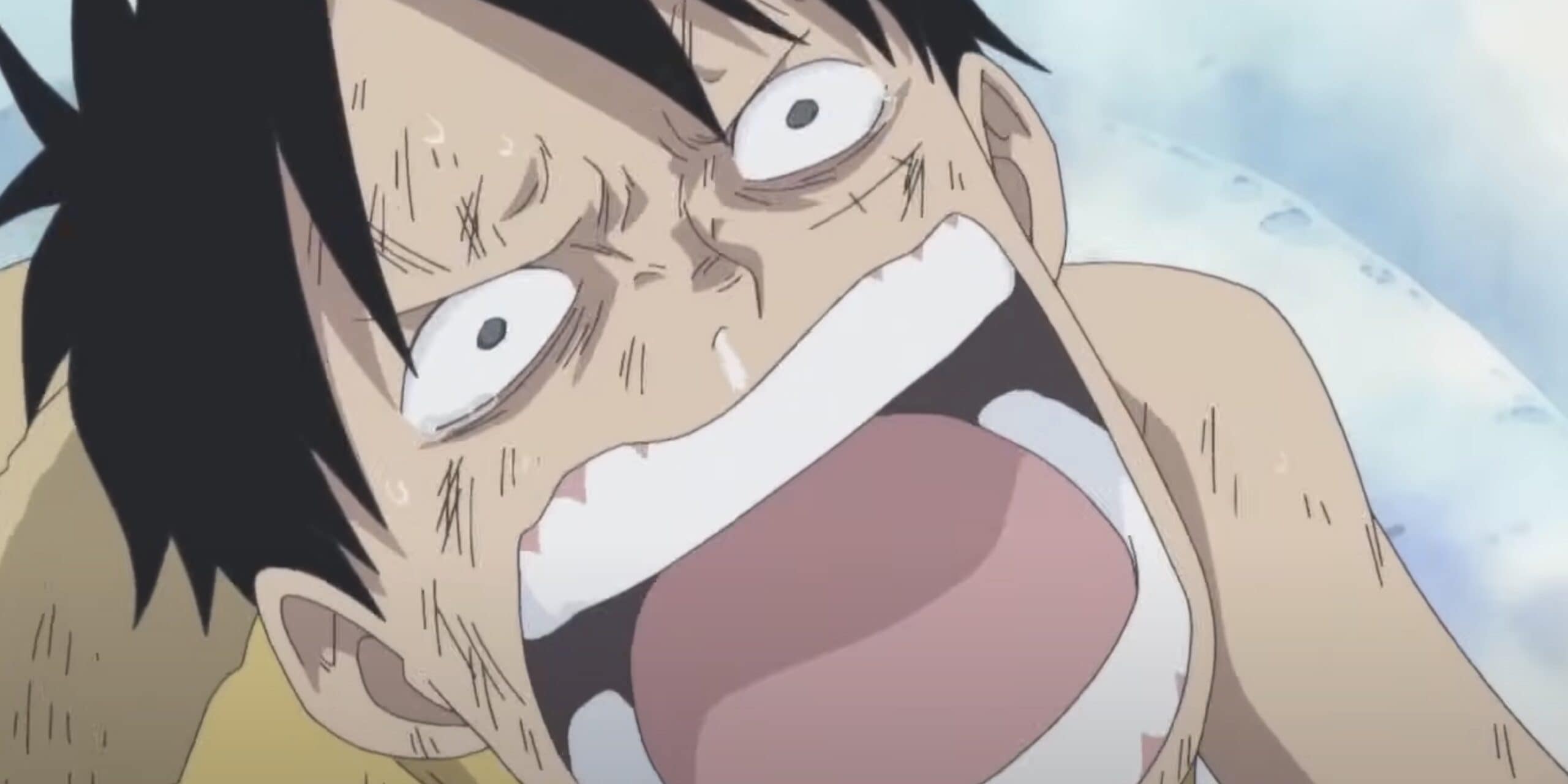
In the process, Oda crafted a Shakespearean tragedy – Ace’s daring conviction leading him to his ultimate demise, foreshadowed by the transient yet honor-bound life he chose sailing under the Skull and Crossbones.
While Ace’s defiance condemned him, it also cemented his legacy as a principled pirate loyal to the code he lived and died by.
Ace’s Demons Laid to Rest
In the interview, Oda also elucidated some narrative reasons why Ace’s death, despite being heartbreaking, proved necessary in the grand scheme of One Piece‘s epic storyline.
Unlike protagonists like Luffy chasing the paramount dream of claiming the One Piece treasure, Ace’s personal quest centered on resolving his lifelong doubts over whether he deserved to exist.

Having grown up scorned and alone due to his father’s identity, Ace grappled with self-worth issues that fueled his pursuit to determine if he should have been born at all.
Marineford represented the climax of that profound internal struggle. Surrounded by scores of allies willing to lay down their lives for his, Ace fully realized the depth of bonds and love he had forged. Any lingering questions over his right to live disintegrated in his final moments.
With his emotional catharsis achieved, Oda could now justify executing his long-planned plot to kill Ace with no regrets.
After all, one of Oda’s storied tropes is only closing character arcs once their deepest dreams are fulfilled – and for Ace, finding acceptance represented that pinnacle.
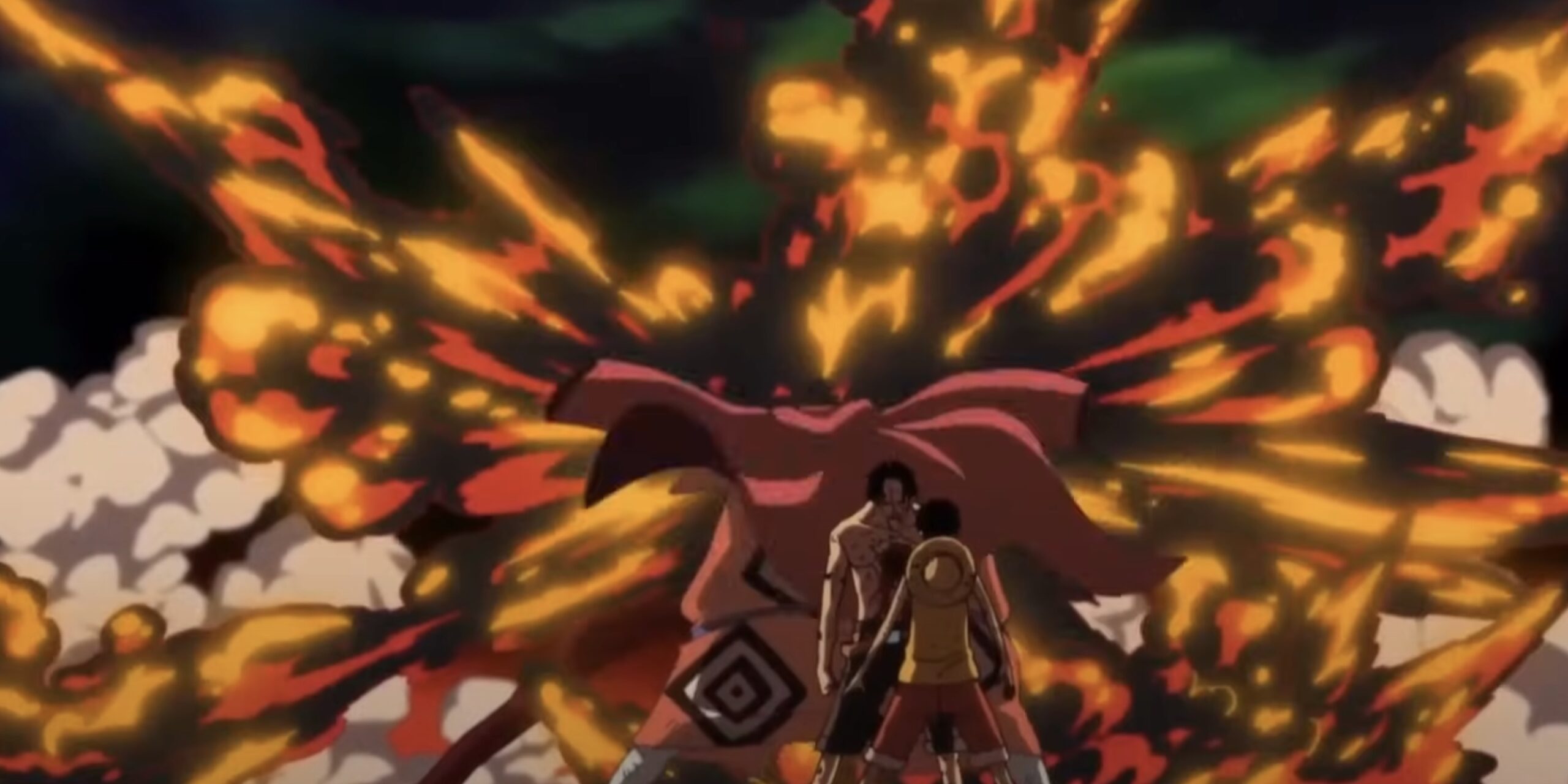
In this way, Oda deftly wove together Ace’s tragic fate with the resolution of his defining inner turmoil.
It was a masterful way to lend profound meaning to the loss of a beloved figure. Marineford will forever be remembered in One Piece lore as the place Ace’s doubts over whether he should exist perished – along with Ace himself.
Oda’s Clarification on the Strategic Role of Ace’s Death in Elevating Luffy’s Journey in One Piece
Oda underscored that while incredibly beloved, Ace was never meant to be the central heroic figure of the entire One Piece epic; that esteemed role was always reserved for his younger brother, Monkey D. Luffy.
Though the former Pirate King Roger speculated before his execution that his yet-unborn son might one day uncover the treasure of One Piece, Luffy emerged as the fated child of prophecy.
As phenomenal a character as Ace was, Oda planned for his death to serve a vital purpose – catalyzing Luffy’s progression into a pirate capable of surviving and thriving in the perilous New World.
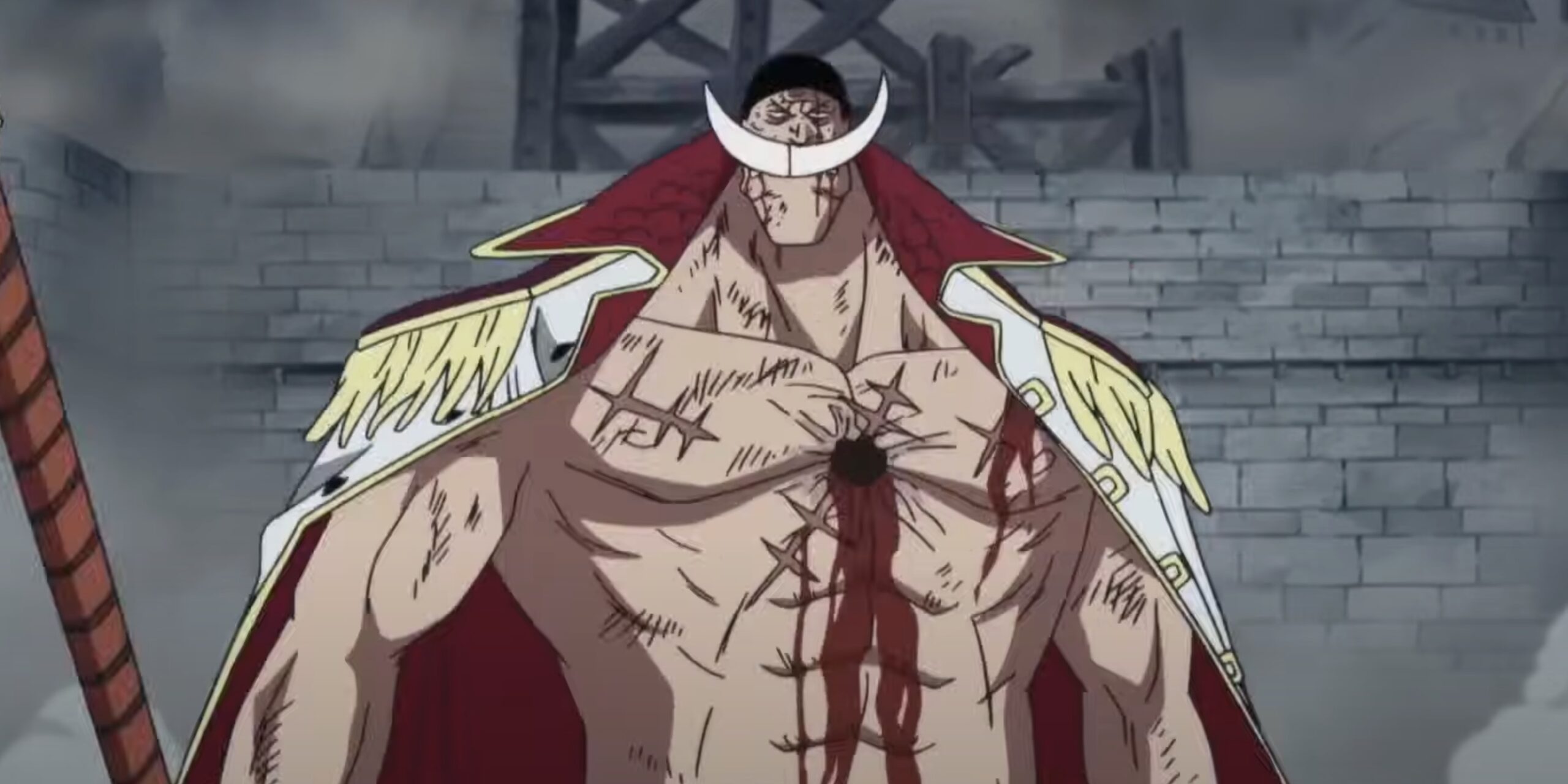
The crushing trauma of losing Ace fueled Luffy’s realization of his own shortcomings and weakness. And that dramatic turn pushed Luffy into making the difficult yet necessary decision to grow much stronger over a two-year period apart from his crew.
In a poetic way, Ace’s death enabled Luffy’s rebirth as a formidable pirate leader, ready to strive toward becoming the King of Pirates.
So, while Ace occupied an integral, deeply affecting role in the fabric of One Piece, Oda clarified that his principal function was propelling the destined Pirate King of prophecy – Monkey D. Luffy – to far greater heights.
It was always Luffy’s story; Ace’s tragedy represented the tragic impetus needed for the future legend’s rise.

